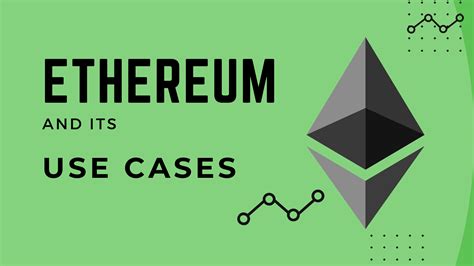CRYPTOCURRENCY
Ethereum: Where do the dollars go?
Ethereum: Unpacking the Mystery of Where the Dollars Go
The Ethereum platform has gained significant attention in recent years due to its innovative smart contract technology and decentralized applications (dApps). However, one aspect that often sparks curiosity among users is where their dollars go once they make a transaction on this blockchain-based network. In this article, we’ll delve into the mechanics of Ethereum’s economy and explore the key players involved.
The Basics: How Ethereum Works
Ethereum is not just a digital currency; it’s an operating system for smart contracts. These are self-executing contracts with the terms of the agreement written directly into lines of code. When a user sends Ether (ETH), the native cryptocurrency of the Ethereum network, to another user’s wallet, they’re essentially facilitating a transaction on the blockchain.
The Role of Nodes and Miners
To secure and validate transactions on the Ethereum network, nodes (computers that store and verify block data) play a crucial role. These nodes are incentivized by rewards in Ether for solving complex mathematical problems, which help to secure the network. Miners, also known as “Blockchain Engineers,” use powerful computers to solve these math problems, creating new blocks of transaction history on the blockchain.
Wallets: Where Do the Dollars Go?

Wallets serve as a user’s digital or physical storage for Ether. They allow users to send and receive ETH, but it’s essential to understand where this money goes once sent:
- Exchange Fees: When you buy ETH using dollars from an exchange like Coinbase, Binance, or Kraken, the platform charges fees for facilitating the transaction. These fees can range from 0.5% to 10% of the transaction amount.
- Exchange Balance Adjustment: The exchange updates your wallet balance with the new ETH received. This adjustment might involve transferring a portion of the ETH to another account on the exchange or depositing it into your own wallet.
- Gas Fees: When sending Ether, gas fees are charged by nodes and miners for validating transactions and creating new blocks. These fees can vary greatly depending on network congestion and the complexity of the transaction.
- Miner Rewards: Miners receive a portion of the ETH rewards in the form of newly minted ETH or other cryptocurrencies like TRX (Tron).
- Avalanche Fees: The Ethereum ecosystem is transitioning towards a more decentralized, scalable model with the introduction of Layer 2 scaling solutions like Polygon (MATIC) and Solana (SOL). These solutions aim to reduce gas fees and increase transaction throughput.
Conclusion
The dollars you send to buy Ether on Ethereum’s network go through multiple transactions:
- Exchange Fees: The exchange absorbs a portion of the transaction fee.
- Balance Adjustment: Your wallet balance is updated with the new ETH received.
- Gas Fees: Nodes and miners charge gas fees for validating transactions.
- Miner Rewards: Miners receive rewards in newly minted ETH or other cryptocurrencies.
To minimize your fees, consider using a decentralized exchange (DEX) like Uniswap, SushiSwap, or Curve, which offer lower fees compared to traditional centralized exchanges.
In conclusion, the dollars you send to buy Ether on Ethereum’s network go through a complex series of transactions involving nodes and miners. Understanding these mechanics can help you make informed decisions about your cryptocurrency investments and optimize your usage of this innovative platform.
